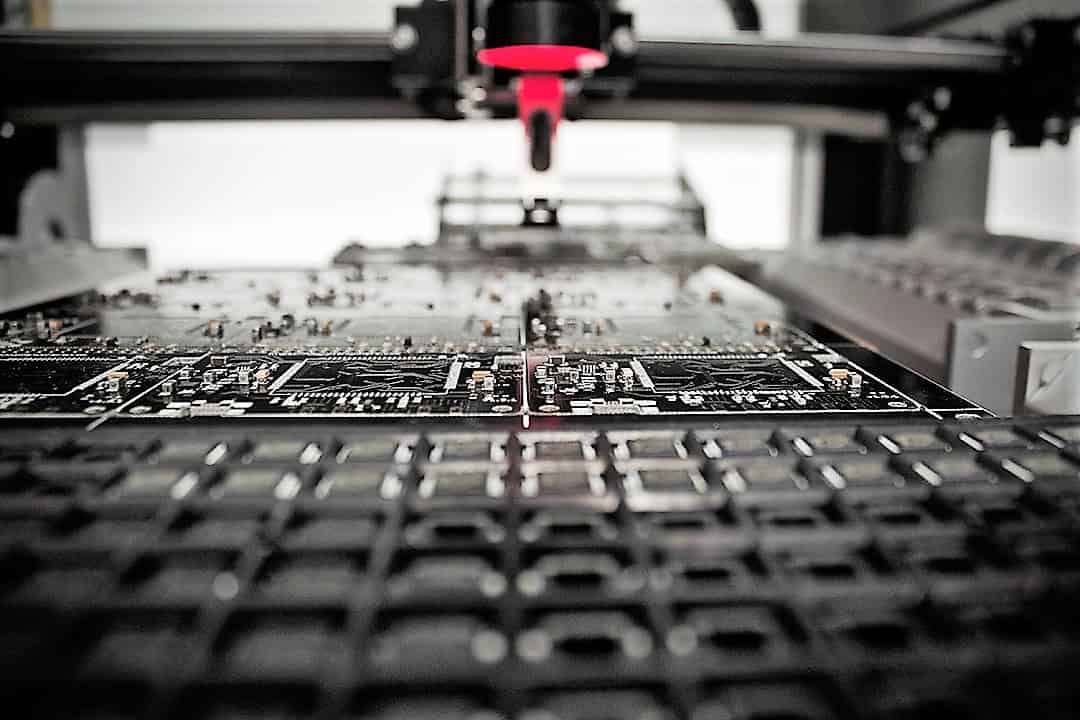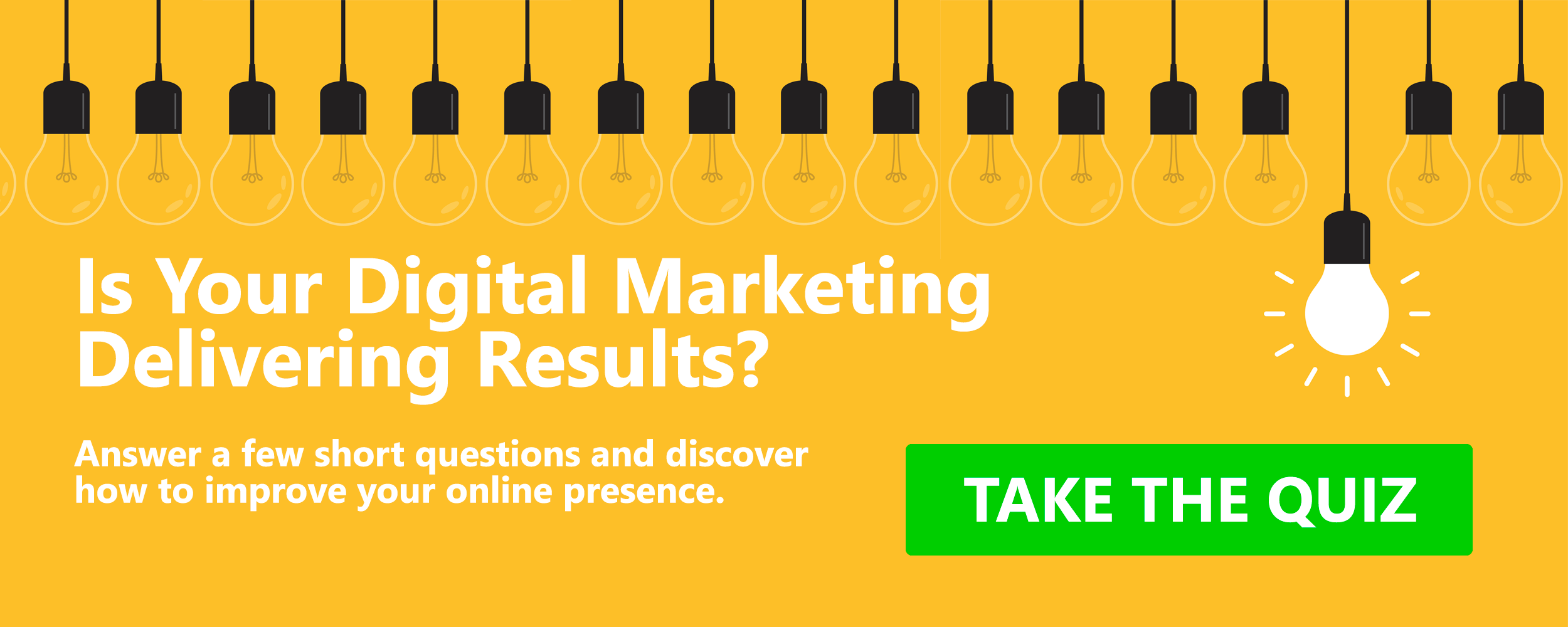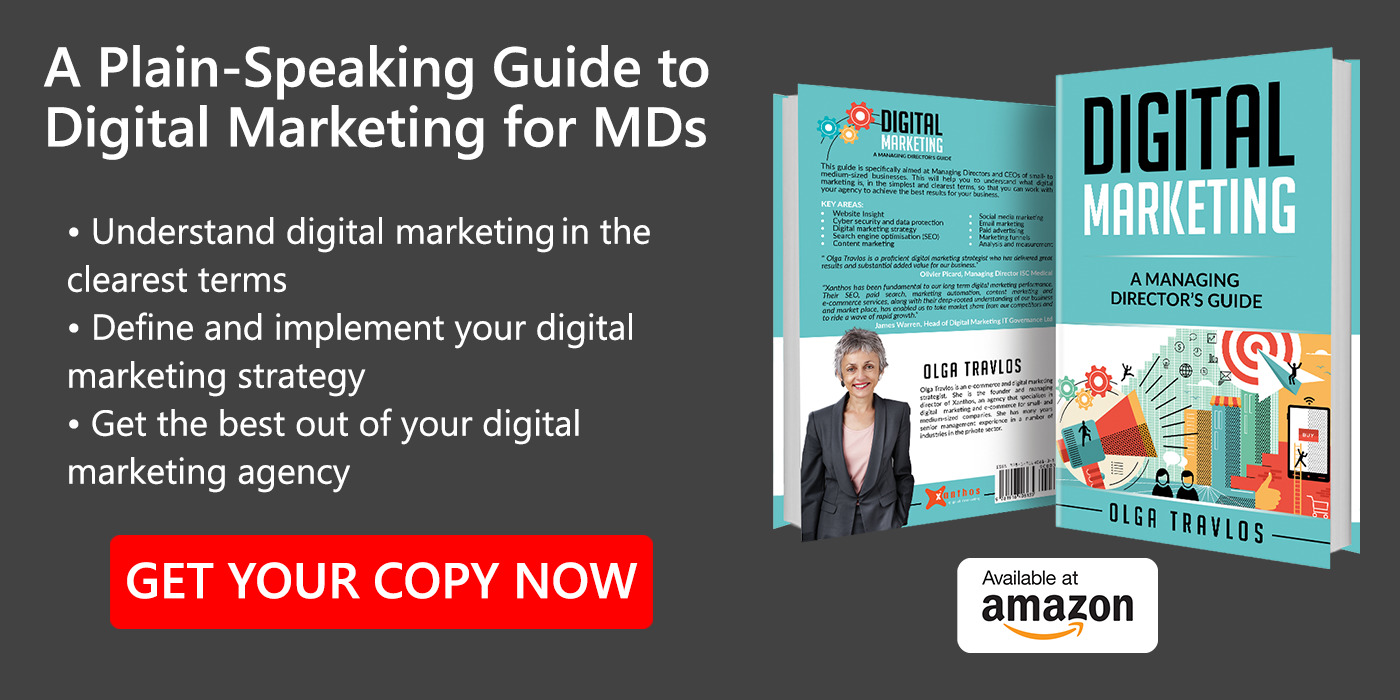Industry 4.0 relates to the ongoing transformation of manufacturing technologies in the digital age. This includes the internet of things, or IoT, cyber-physical systems, cloud computing, cognitive computing and more.
One big factor that manufacturing firms have left out of this matter
Industry 4.0 commonly refers to “smart factories” – whereby systems monitor processes, and make decentralised decisions. The systems communicate and cooperate with each other, and overall point towards a new digital age of digitisation and connectivity in all aspects of business. The digitisation of the business side including how digital marketing activity is planned and implemented, should be considered in great depth.

Where does digital marketing fit in with industry 4.0?
The connectivity and digitisation associated with industry 4.0 needn’t be restricted to technology related to manufacturing. It can help transform your business and help you stay ahead of the competitors. It is more than simply a transformation of your existing IT processes. It should be a company-wide change in strategic thinking that helps propel your business forward.
The one aspect left out of this digital evolution is marketing. Digital marketing and marketing automation can become a fundamental part of your business, helping you get new customers, connect with existing customers, and deliver the best possible experience.
Many manufacturing businesses make good use of digital marketing – but there are many who only do a little, or are still relying on offline means. Many companies still rely largely on trade shows or print media, but there is a lot more they can be doing online, and is often much cheaper and much more effective.
That’s not to say it’s worth stopping all offline marketing activity – far from it. Digital marketing is best used in conjunction with whatever currently works, and helps supplement your other marketing activity. The trick is to put together a digital strategy that leverages your offline activity, and helps you attract leads, nurture them down a funnel and ultimately turn them into sales.
What are the benefits of marketing automation?
Marketing automation gives you visibility at what your buyers or customers are doing on your site, and what they are doing at different stages of the funnel.
Marketing automation also allows you to measure precisely which channels are helping you generate revenue, so you can focus on these and disregard the channels which are not contributing to your business as effectively.
Overall, you can make data-driven decisions that allow you to keep up with the marketplace, and measure your digital marketing efforts.
The main benefits in relation to industry 4.0 are:
- Turn site visitors into leads with marketing actions based on intent
- Reach individual customers with specific messaging
- Nurture leads down a funnel using automated messaging
- Align marketing and sales activity with an all-in-one platform
- Increase online sales and revenue through targeting marketing and improved sales processes
- Make
best use of real-timeautomations to reach out to new customers and engage current ones - Centralise your marketing and sales activity and see how they perform
- Make the most of internal staff resource by eliminating menial tasks that can be performed through automations
By utilising a marketing automation platform, your marketing and sales team can use the same platform and be on the same page. This means leads can be passed from marketing channels directly to a sales team or individual.
What elements are needed for a digital strategy?
The website is the hub of your brand. This is where you want people to head from other channels – whether on or offline. You should ensure it is optimised to generate as many conversions as possible with calls-to-action to download specific content, engage with your brand or get in touch in some form. The forms you have should be simple, and entice visitors to fill them out.
Landing pages need to be put in place to also nurture conversions. These can come from specific campaigns, such as email or PPC ads, and again should be solely optimised to generate conversions.
Automated emails help nurture leads down a specific path. If you have content to send, that is great at exposing them to your brand. If you have any other specific actions you would like to take, automated emails based on certain actions can warm up leads. Drip feed your contacts and prospects content or any other form of email in order to keep them in the loop of what you have to offer.
Social media is often left off the table in certain industries, as it is often not deemed effective for B2B purposes. However, LinkedIn in particular can be very effective for B2B, and even platforms such as Facebook can be effective. It’s important to maintain a strong presence on platforms you feel are relevant.
PPC advertising is almost a necessity nowadays. Whether you opt for Google Ads, Bing Ads or social media advertising, your competitors will be advertising where your audience can be found. You should really be present too. For instance, Google Ads allows you to be found at the top of the search results precisely when a prospect is searching for a product or service like yours. Choosing where to take them all comes down to your digital strategy, considering where someone searching for specific terms currently is in the buying cycle.














